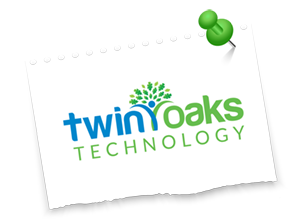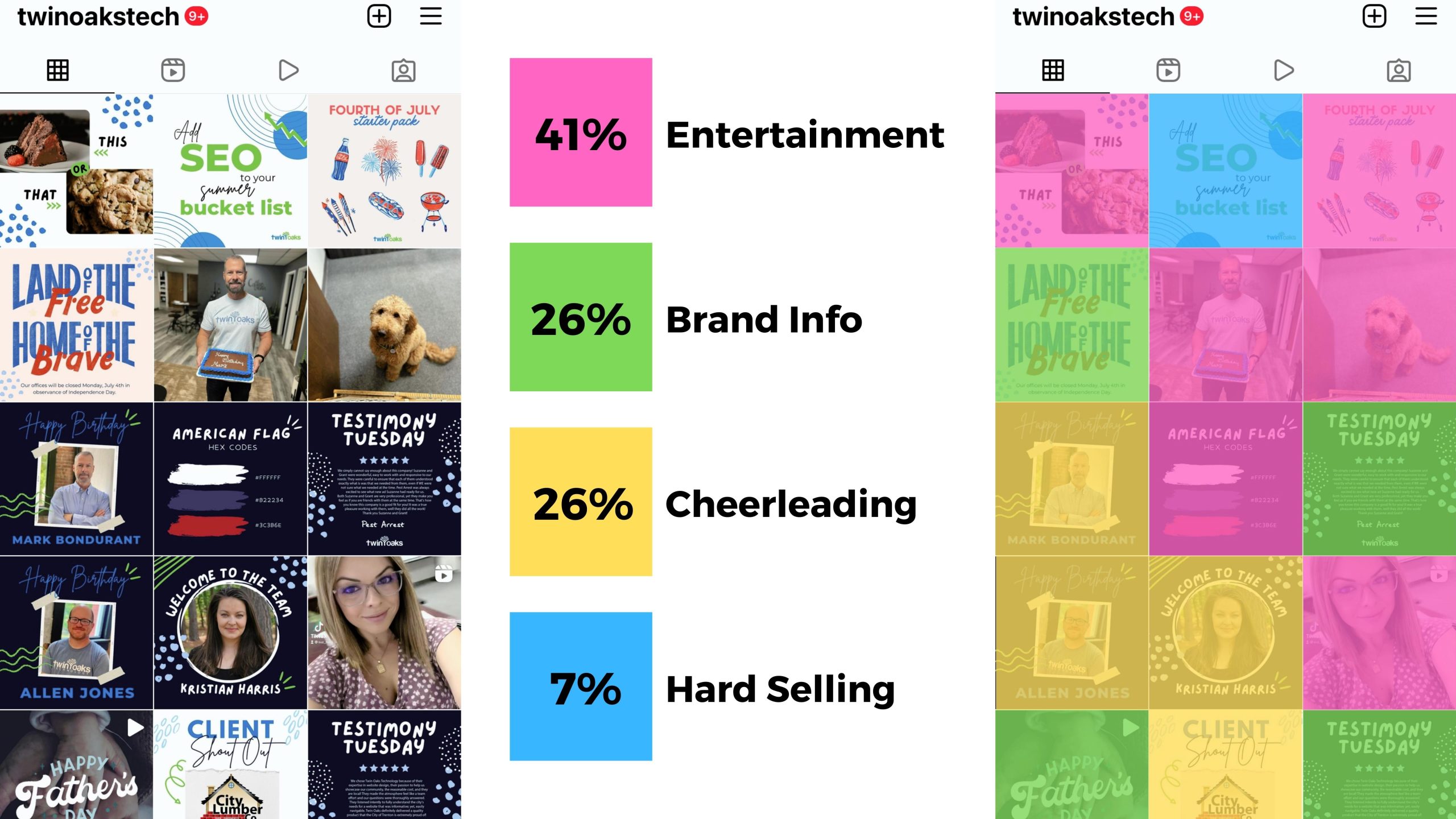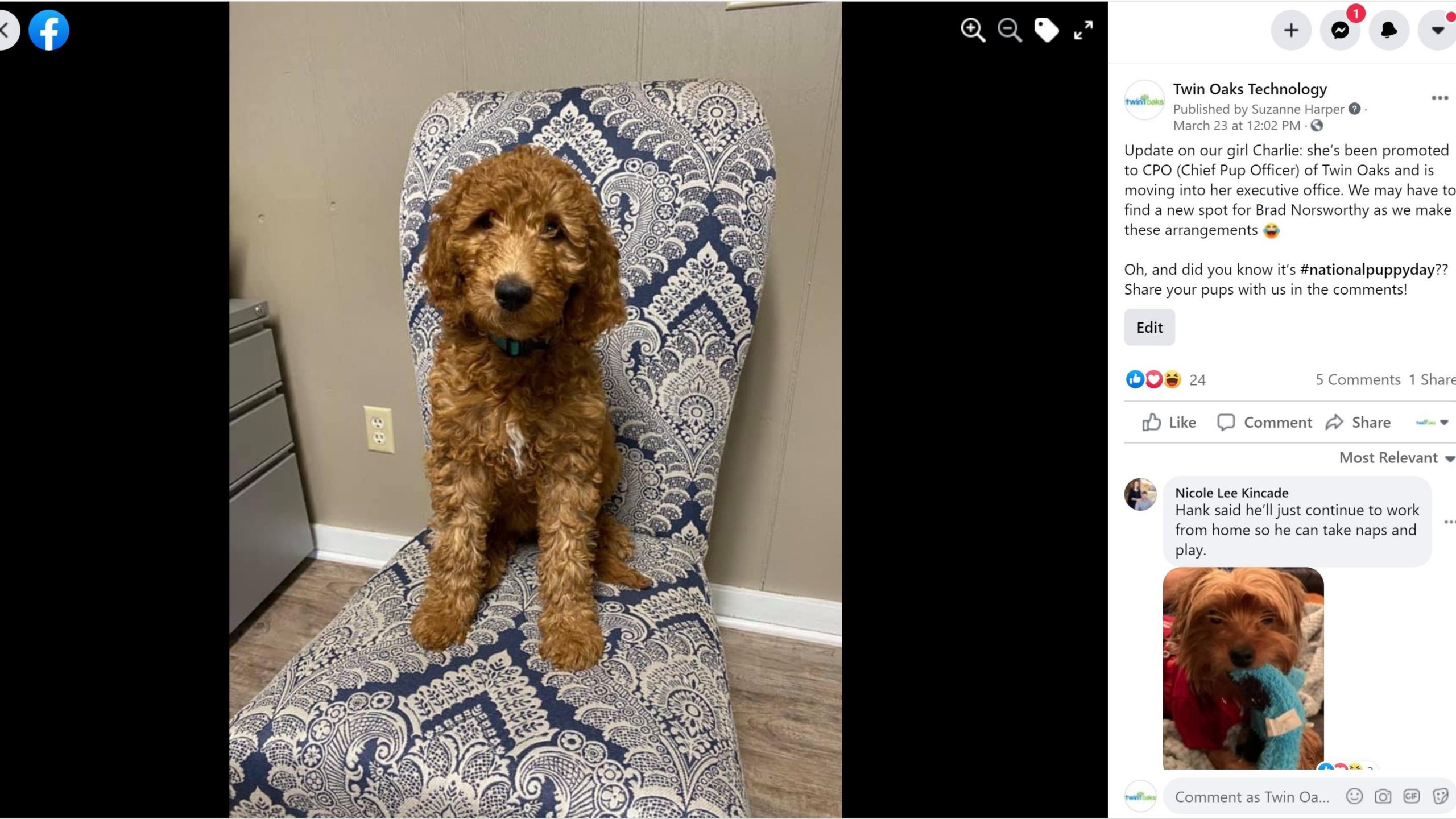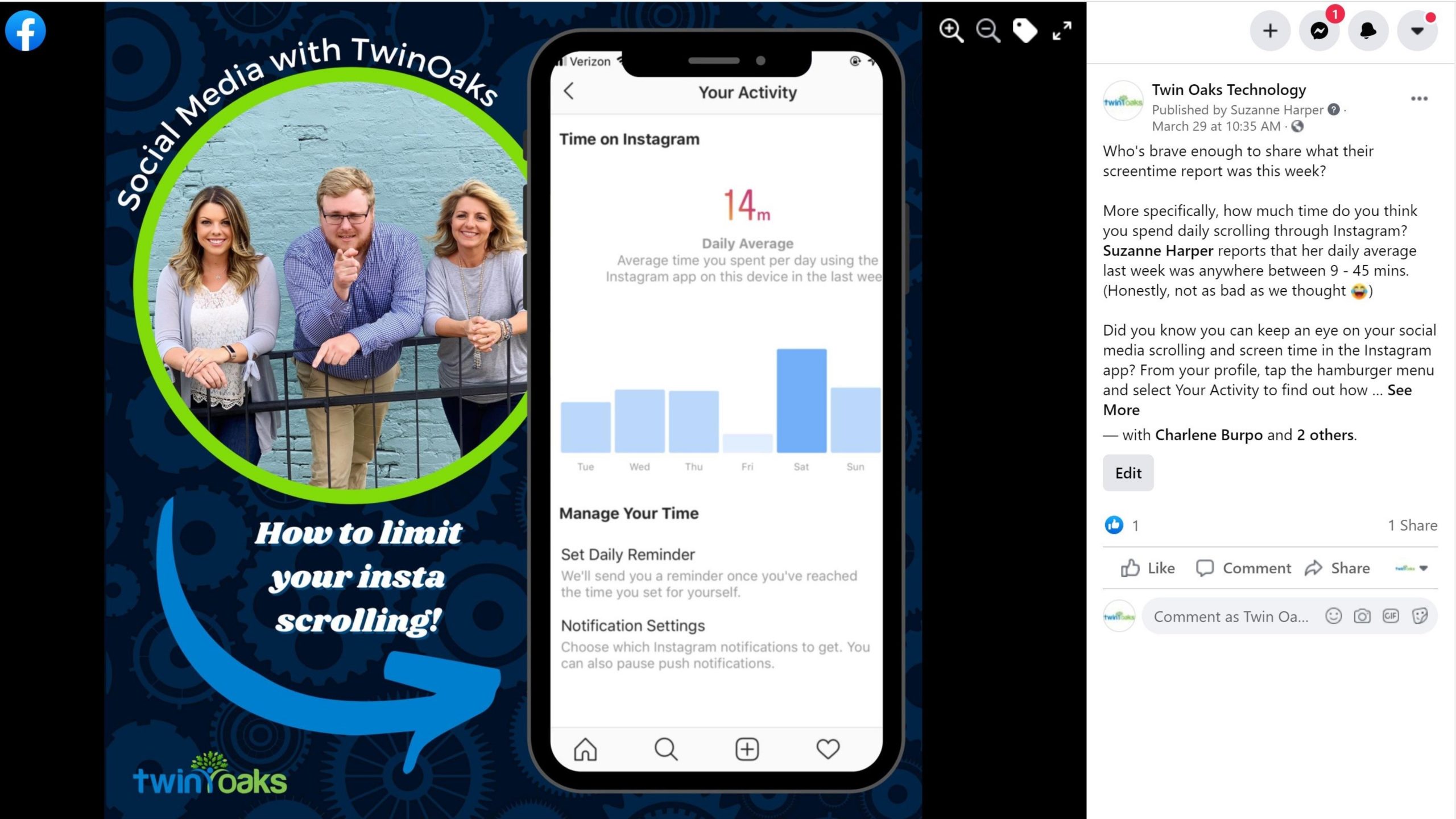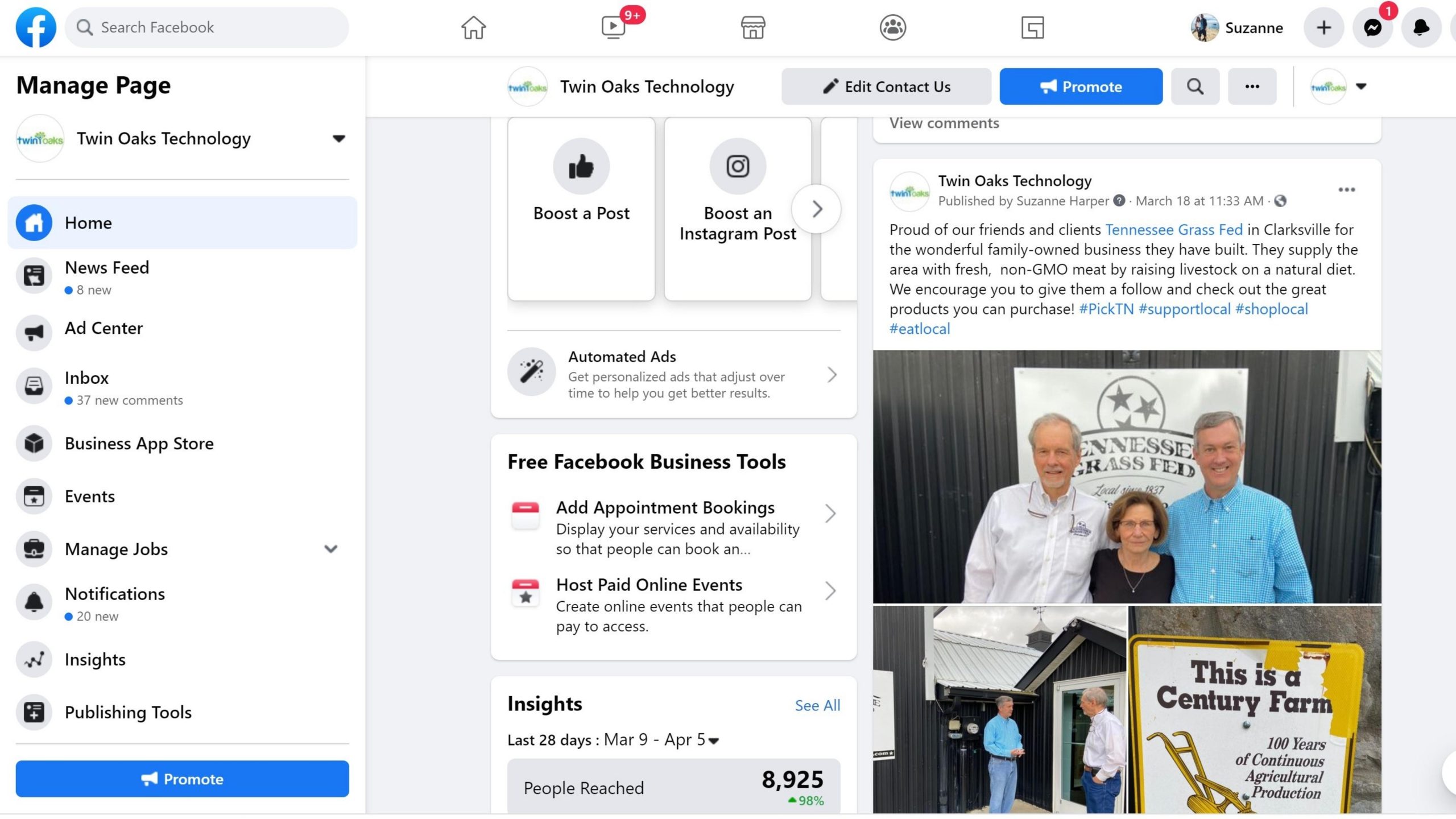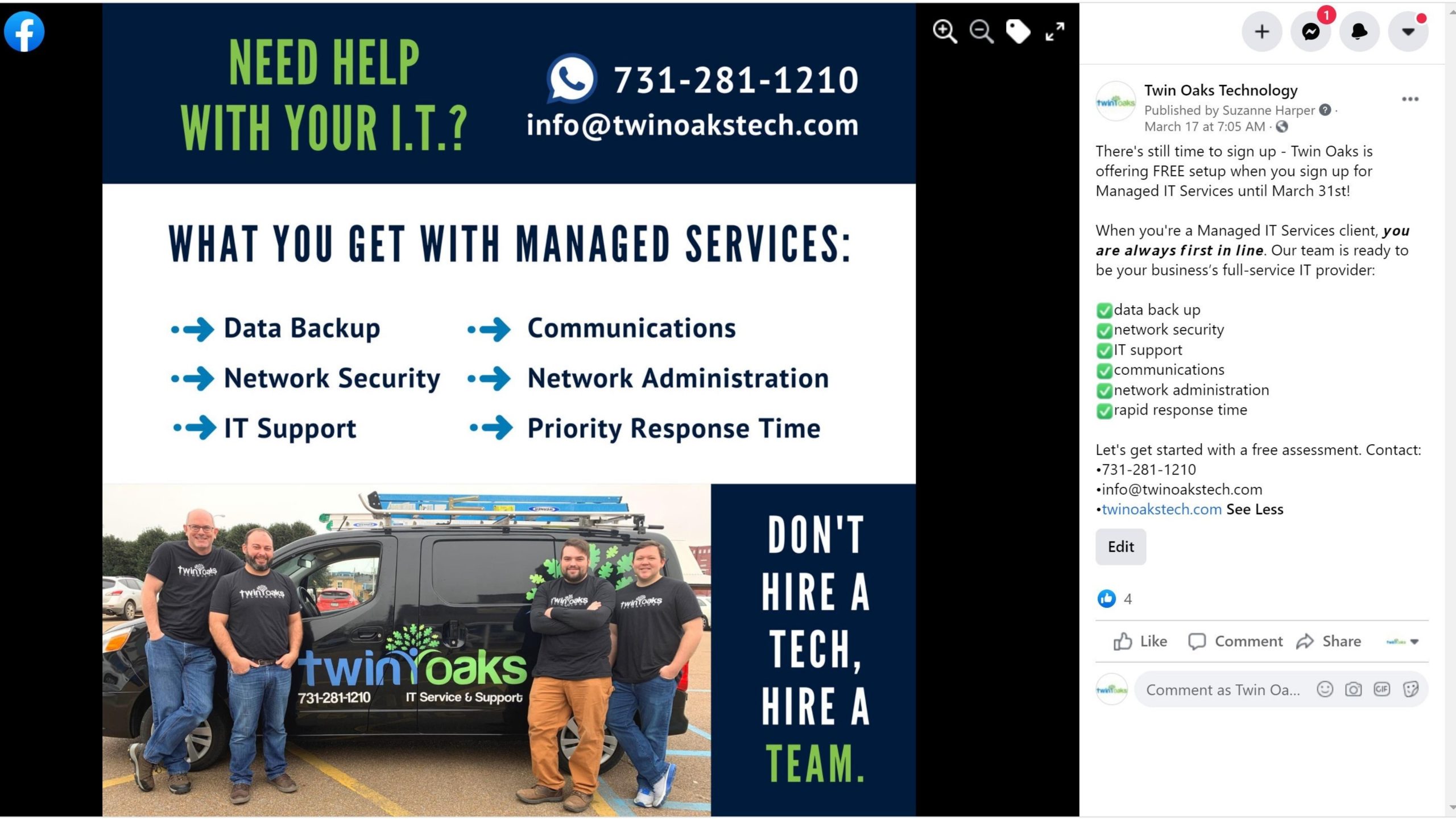Posting on social media seems easy, right? Sure, anyone can snap a picture of their fancy Nashville brunch, slap a hashtag in the caption and call it a day. Boom – the likes start rolling in! But when it comes to your business, does posting seem like second nature, or a daunting task? Our marketing team lives by what we coin the 50/20/20/10 rule for engaging content, and it could help get you more engagement on your social media.
Planning your social media content strategy is hard. Platforms are constantly rolling out new features, changing the rules, changing trends, and as a business owner-you might not have the time to continually keep track of it all. That’s why we like to stick to a simple ratio to help our clients get started.
Let’s talk content categories
Knowing how you categorize your brand’s content is an important first step in understanding how to make a content strategy. Even with all the different products and services that exist, most content falls into one of four categories: entertainment, brand information, cheerleading and hard selling. Here’s the breakdown of the most effective ratio your brand should post:
50% Entertainment
This is the hardest truth for most brands…a whopping one-half of your content should be entertaining. This is content that your target audience will enjoy. While it can mention products, services, or other aspects of your business, the goal is solely to entertain your audience and drive engagement, and that’s a challenge!
Examples of Entertainment content can range from branded memes to contests to funny office TikToks. Maybe you share a trivia fact every week and have your audience answer for a prize. Maybe you chronical adventures of the local office dog. This is where the creative arm of your business can shine, even if it feels unrelated to what you are trying to sell. This is also where knowing your audience demographics, interests, and trends is the most important.
Entertaining content for the audience of a high-end insurance company is likely going to differ from a flashy restaurant or an up-and-coming boutique. Since this category comprises the majority of your content, make sure that it aligns with your brand identity and your target audience.
Speaking of office dogs…meet Charlie! Charlie always gets plenty of engagement on the Twin Oaks page:
20% Brand Information
The next most important category is Brand Information. Think of this as a way to show what your company or organization is about without presenting a hard sell. This can be announcing new products, listing your services, sharing your mission and company values, posting graphics customized with your brand colors and logo, and sharing general company information.
The important differentiating factor in this category is that the content is not directly encouraging the sale of a specific product. The tone is “We’ve added a new service at our salon!” as opposed to “Book this new service now and get 10% off! Link in bio.”
For example, our tech company regularly shares “Tech Tips” – not to sell a particular IT or digital marketing service, but to share the knowledge base and area of interest of our company.
20% Cheerleading
Don’t overlook this important category! This is all about highlighting your brand successes, your awesome team, loyal customers, and community partners. These can be anything from employee work anniversaries and birthdays to congratulating a community partner or regular customer on an important milestone. Cheerleading outside of your own brand also lends for opportunity to tag outside organizations and increase engagement involving their own audience as well. Cheerleading content convinces your audience to love your brand, not just your products.
10% Hard Selling
Finally, the smallest category is Hard Selling. Content falling in this category is anything that has a direct call-to-action for customers to purchase a product. These often have links associated with them and they may be flagged as #Ad.
Typically, if it feels like Hard Selling, it probably is. Audiences are attuned to spotting Hard Selling content and will turn away from brands who do too much of it. Think back to our high-end insurance company example. Why would anyone want to follow that specific account unless they were already a customer? A call to action is great every once in a while, but not all the time.
To apply this approach to your content, take a look at what you’ve posted over the last month. Pay particular attention to any type of content that is recurring. Then, group it based on the four categories. If you find yourself lacking in a certain area, you can either brainstorm content to fill out that category or adjust the percentages slightly to fit your brand identity and audience. As your accounts grow and your brand develops, you can continue to refine your strategy to fit your business needs.
Let’s see how we measured up using our own concept this month:
Not too shabby! You can apply this test to your own content and easily see what areas need a little TLC. If all else fails, you can always contact the Digital Marketing team at Twin Oaks. (See? There’s our hard sell), and we will be happy to work with you to develop a successful content strategy to fit your brand.
731-281-1210
Suzanne Harper
Marketing Director, Twin Oaks Technology
